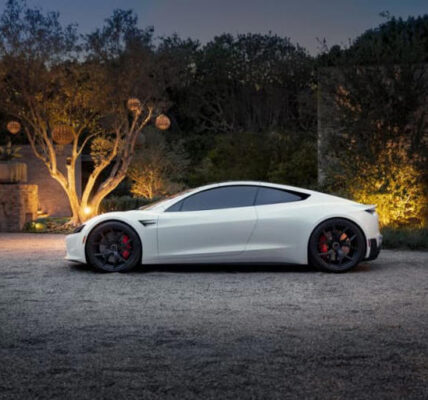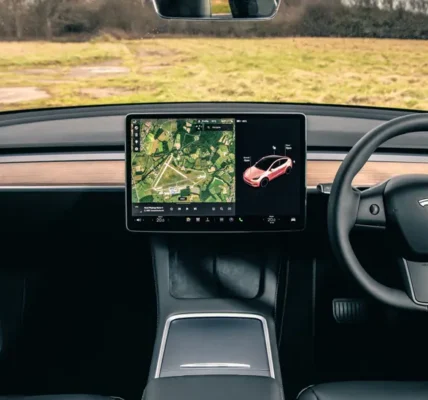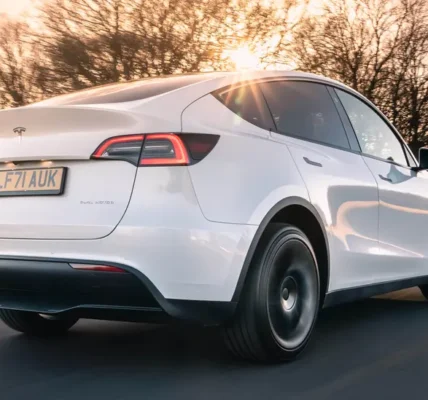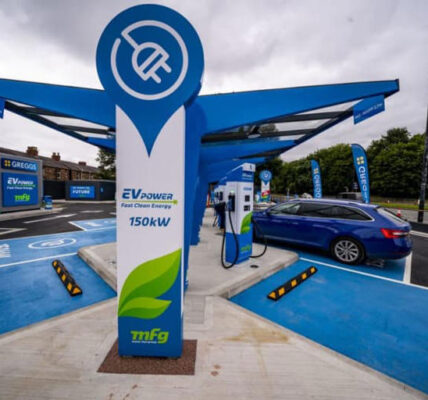- Homepage
- Automobiles
- Electric Vehicle Incentives: 5 Unbeatable Ways to Save!
Electric Vehicle Incentives: 5 Unbeatable Ways to Save!
Explore the world of electric vehicle incentives and how they’re shaping the automotive industry’s transition towards cleaner transportation solutions. Discover why car manufacturers are offering discounts, the challenges they face, and potential solutions to accelerate the adoption of electric vehicles.
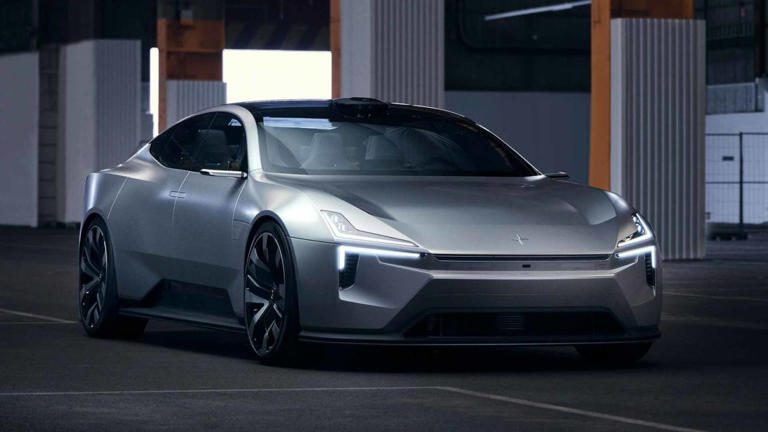
Electric Vehicle Incentives: Driving the Shift to Clean Transportation
Electric Vehicle Incentives are changing the game in the automotive industry. Let’s delve into how these incentives are driving the transition towards cleaner transportation solutions and what challenges car manufacturers are grappling with in this shift.
Understanding Government Mandates
Government Mandates are setting the stage for change in the automotive industry. The Zero Emission Vehicle mandate in the UK, for instance, is pushing car manufacturers to meet ambitious targets for EV sales. These mandates are driving urgency among manufacturers to explore innovative strategies and avoid fines for non-compliance.
ALSO READ:
The Power of Incentives in Driving Consumer Adoption
Electric Vehicle Incentives serve as powerful catalysts for consumer adoption. Tony Whitehorn, former CEO of Hyundai UK, suggests significant incentives like £8,000 discounts to encourage consumers to embrace electric vehicles. These incentives not only make EVs more accessible but also bridge the price gap between electric and traditional vehicles.
Challenges on the Road Ahead
Despite the growing momentum behind electric vehicles, car manufacturers face numerous challenges. Generating sufficient demand for electric vehicles remains a hurdle, with EVs representing only a fraction of total car sales. Manufacturers must deploy innovative marketing strategies and consumer education initiatives to address this challenge.

Balancing Profitability and Sustainability
Transitioning to electric vehicles presents both opportunities and challenges for car manufacturers. While EVs contribute to environmental sustainability, they also pose financial implications. Profit margins for EVs are typically lower than internal combustion engine vehicles, necessitating a delicate balance between profitability and sustainability.
Driving Consumer Demand Through Discounts and Incentives
Car manufacturers are offering discounts and incentives to drive consumer demand for electric vehicles. From zero percent financing offers to substantial financial allowances, manufacturers are pulling out all the stops to entice consumers. However, they must be wary of the long-term implications of aggressive discounting strategies on brand perception and profitability.
Navigating the Pitfalls of Discounting
While discounts can stimulate immediate sales, they also pose risks for manufacturers. Excessive discounting can erode brand equity and commoditize electric vehicles. Moreover, heavy reliance on discounts can create a cycle of dependency, diminishing brand loyalty and profitability in the long run. Therefore, manufacturers must strike a balance between short-term sales and preserving brand integrity.
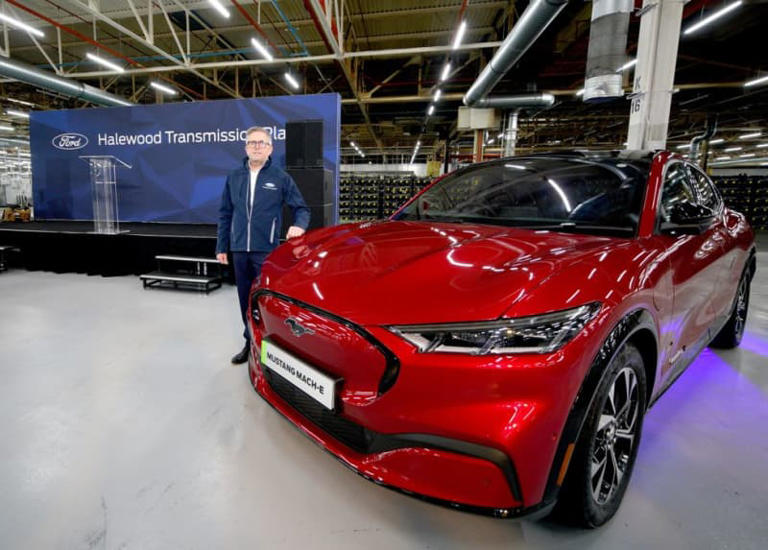
Seeking Sustainable Solutions
As the automotive industry adapts to the transition to electric vehicles, sustainable solutions are paramount. “De-specing” electric vehicles to reduce costs and enhance affordability is one potential solution. By streamlining features without compromising quality, manufacturers can lower the price barrier for electric vehicles.
Conclusion: Accelerating the Transition
Electric Vehicle Incentives are instrumental in accelerating the transition to cleaner transportation solutions. From government mandates to manufacturer discounts, incentives shape consumer behavior and industry dynamics, driving widespread adoption of electric vehicles. As manufacturers navigate challenges and seek sustainable solutions, innovation and collaboration will pave the way for a greener future powered by electric vehicles.
In conclusion, Electric Vehicle Incentives are reshaping the automotive landscape, driving the transition towards cleaner transportation solutions. As car manufacturers and policymakers collaborate to overcome challenges and drive innovation, the future of mobility looks promising.

